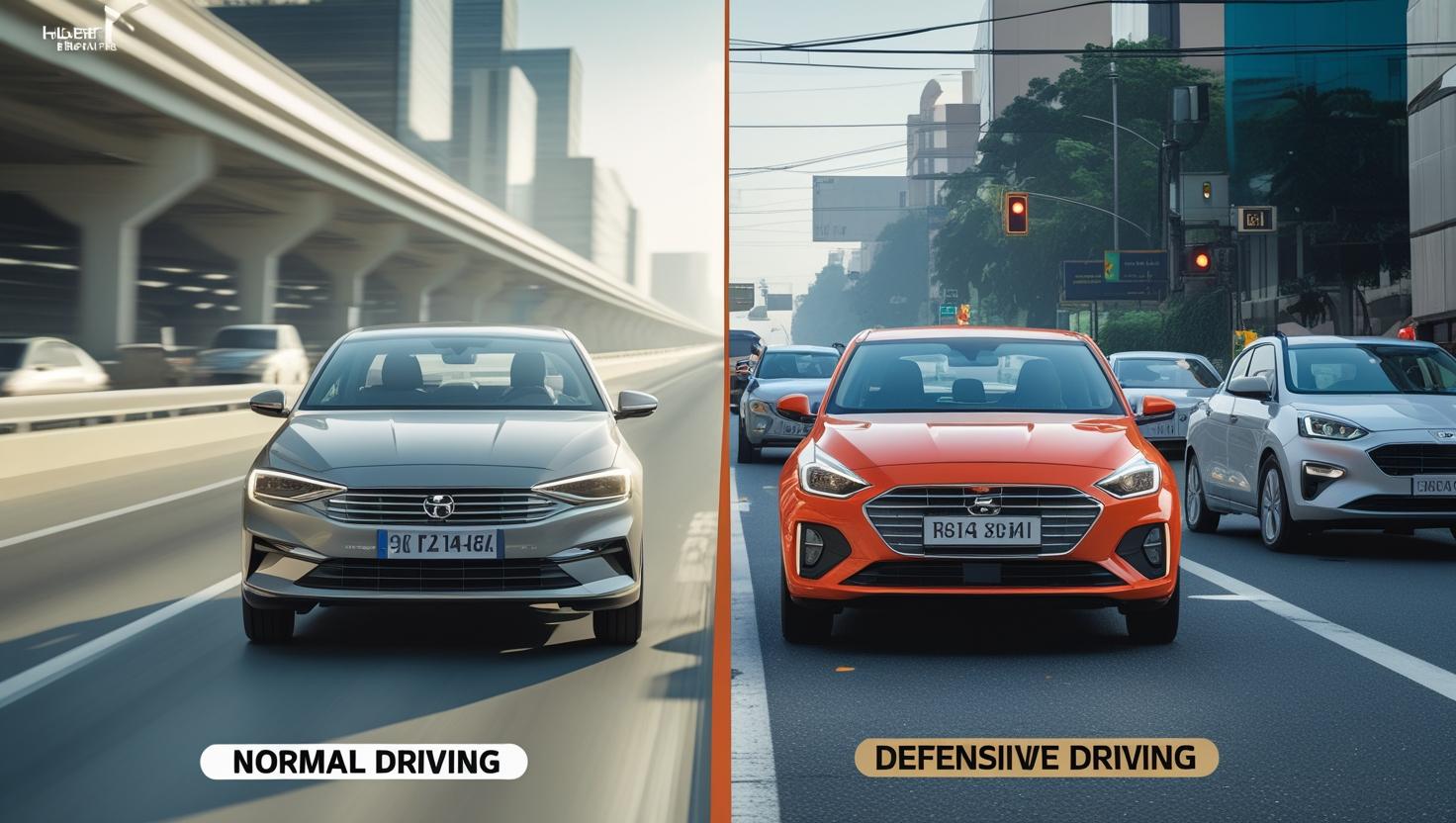At first glance, all driving might seem the same—turn the key, shift gears, and follow the rules. But when it comes to saving lives and preventing accidents, there’s a world of difference between normal driving and defensive driving.
In India’s diverse traffic conditions—where vehicles share roads with rickshaws, pedestrians, animals, and potholes—driving needs more than just basic skills. This is where Hubert Ebner India steps in with training programs that promote defensive driving as a critical life skill.
🚗 What is Normal Driving?
Normal driving refers to the basic application of driving rules and vehicle control. It includes:
- Starting, stopping, and steering a vehicle
- Obeying traffic signals and signs
- Following speed limits
- Completing routine driving tasks
While this may suffice in controlled conditions or during driving tests, it often falls short in the unpredictable and high-risk environments seen on Indian roads.
🛡️ What is Defensive Driving?
Defensive driving takes road safety to the next level. It means going beyond compliance and using awareness, anticipation, and adaptability to avoid accidents—even if others on the road make mistakes.
A defensive driver:
- Expects the unexpected from other drivers
- Maintains safe distances and speed
- Scans surroundings constantly
- Manages emotional responses (no road rage)
- Adjusts driving to match weather, traffic, and road conditions
- Always plans an escape route in emergencies
📊 Key Differences at a Glance
| Feature | Normal Driving | Defensive Driving |
|---|---|---|
| Focus | Following rules | Avoiding accidents proactively |
| Reaction Time | After incident occurs | Anticipates and avoids incidents |
| Decision Making | Routine-based | Risk-aware and situation-adaptive |
| Emotional Control | Can be reactive | Stays calm and controlled |
| Situational Awareness | Limited to visible lane | 360-degree awareness, including blind spots |
🧠 Why the Difference Matters
India records one of the highest numbers of road fatalities globally. While normal driving may be legal, it’s not always safe.
Defensive driving helps reduce:
- Road accidents caused by human error
- Vehicle damage and downtime
- Fuel consumption through smoother driving
- Corporate liabilities in fleet operations
🏢 Corporate Training: Shifting Mindsets
At Hubert Ebner India, our mission is to train minds, not just hands. That means helping drivers:
- Recognize risky behavior
- React safely under pressure
- Build lifelong safe habits
- Improve efficiency and reduce costs
Our training is used by top corporates, logistics firms, and public-sector clients across India.
✅ Conclusion: Choose to Drive Smart
Normal driving keeps your vehicle moving. Defensive driving keeps you and others alive.
If you’re an individual or business aiming to improve safety, reduce losses, and build a reputation for responsibility, then defensive driving training from Hubert Ebner India is your next step.




